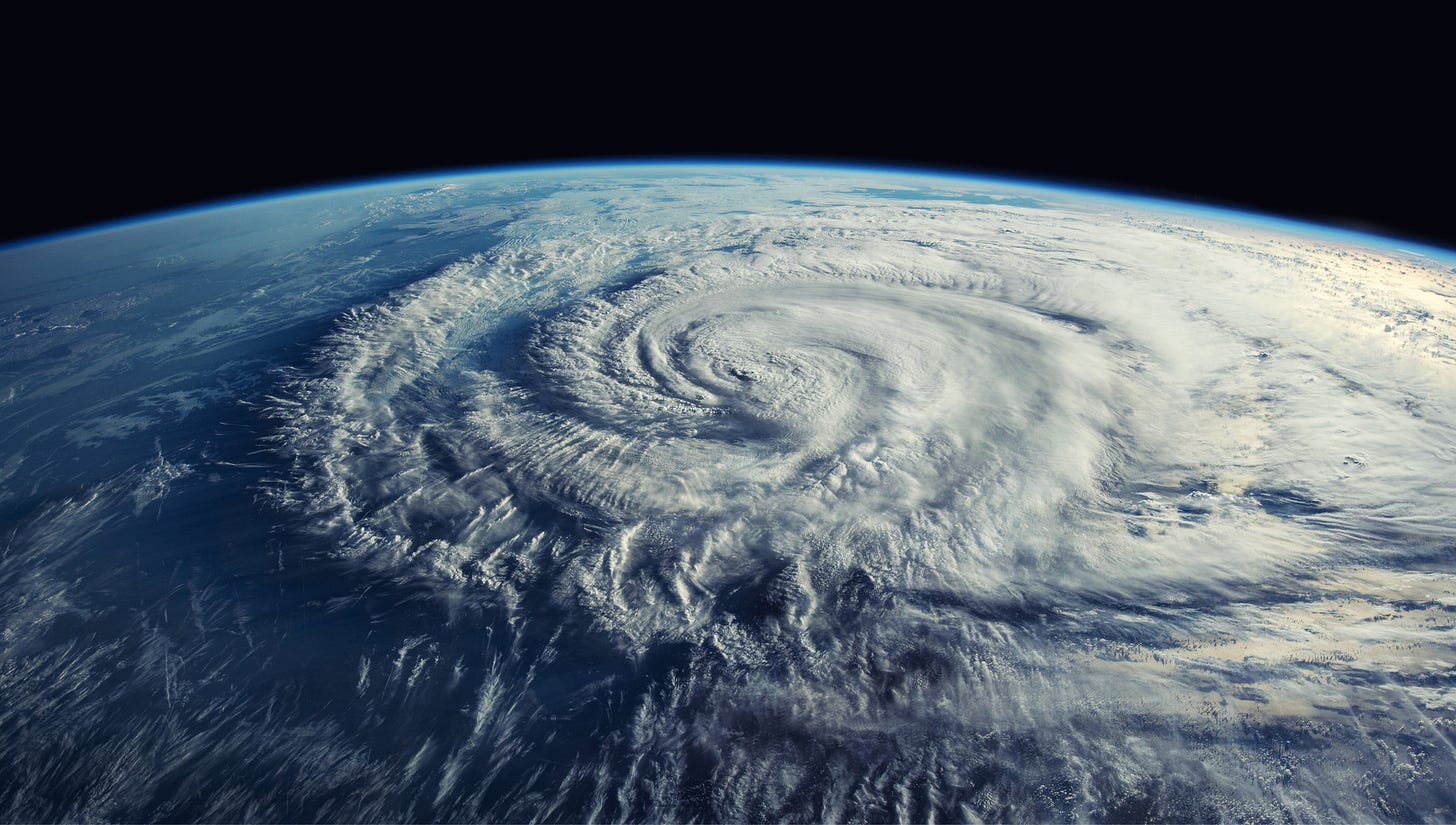Over the July 4th weekend, catastrophic flash floods swept through Central Texas, triggered by record-breaking rainfall and surging rivers across the Hill Country. The floods claimed over 130 lives, devastated towns like Kerrville and Hunt, and revealed just how unprepared we remain for fast-developing climate disasters. While it’s difficult to attribute any one storm to climate change, scientists are seeing a clear link between a warming planet and an increase in extreme weather events. Warmer ocean temperatures and air lead to more evaporation, providing more moisture for storms to draw upon, resulting in heavier downpours.
As Texans grieve and rebuild, one thing is painfully clear: we need better tools to anticipate and respond to these events. From lives lost to livelihoods upended, weather is no longer a background variable – it’s a central risk. That’s why companies like Tomorrow.io are working to make weather prediction not just smarter, but more accessible and actionable for everyone.
Tomorrow.io’s SaaS platform delivers hyperlocal forecasts and real-time impact alerts tailored to the specific needs of individuals and industries. Customers like the United Nations, the US Air Force, NOAA, NASA, JetBlue, Delta, National Grid, Google, Palantir, and even the NFL rely on Tomorrow.io’s predictions on how weather will impact supply chains, infrastructure, flights, agriculture, and daily life. And for everyday users, Tomorrow.io’s weather intelligence is just a tap away. Download the app and carry it in your pocket.
What sets Tomorrow.io apart is its unique blend of proprietary satellite data, public forecast models, and a custom-built atmospheric engine enhanced by machine learning and neural networks designed to evaluate over 25 foundation parameters and 60 data layers.
Tomorrow.io is building the world’s first space-native weather intelligence system, powered by a proprietary constellation of microwave sounder and 3D radar satellites. Designed to scan through cloud cover, these satellites capture high-resolution measurements of temperature, precipitation type/intensity, snow depth, wind speed/direction, humidity, cloud cover, visibility, UV index, pressure, and much more.
Traditional weather networks, especially terrestrial radar, have limitations in covering areas like oceans and remote locations. Tomorrow.io's satellites aim to fill these gaps, providing more comprehensive global coverage and improving weather insights for these regions. The goal of Tomorrow.io's constellation is to provide near-continuous atmospheric data with high refresh rates, enabling more timely forecasts. They aim for high spatial and vertical resolution measurements, crucial for resolving specific weather features like individual storm cells.
Underpinning all this is Tomorrow.io’s CBAM model, a bespoke atmospheric engine powered by machine learning. CBAM integrates NOAA and ECMWF data, along with Tomorrow.io’s proprietary 1F forecast product, to synthesize the most accurate forecast possible. It dynamically weights different models based on their recent performance, can generate forecasts that don’t exist in other models (like fog and local thunderstorm probabilities), and continuously improves with each cycle of real-world feedback.
In practical terms, Tomorrow.io’s platform enables:
Flood & Landslide Risk: Real-time detection and early warnings in vulnerable regions
Disaster Response: Improved hurricane and typhoon path prediction for faster preparation and relief
Shipping & Aviation: Accurate, en-route storm tracking over the ocean and remote flight paths
Agriculture: The most granular and accurate rainfall predictions for every farm on Earth
Energy & Utilities: Anticipate potential storm-related outages and wind conditions, supporting more reliable renewable generation and grid stability
By replacing outdated weather models with intelligent, space-based forecasting, Tomorrow.io is transforming how governments, airlines, farmers, and city planners prepare for and stay safe during extreme weather events.
As we reflect on the devastation in Texas, one thing is clear: extreme weather will keep coming, but with technologies like Tomorrow.io, we have a better chance of seeing it coming and staying safe.
Liked this? Sign up to the Atmosphere Newsletter to learn more about next-generation, transformative technologies that are decarbonizing and improving how we live, travel, produce, and consume.




